Building Smarter Deadlifts
2019-05-2
Having a bad back since the age of 14, I was always scared of certain exercises. Just starting lifting at almost that same age, I was terrified of deadlifts. It would be an exercise that I would avoid for a long time because it just LOOKED like it would hurt my back. In retrospect that was pretty smart because if I didn’t know how to do deadlifts right I probably would have made myself so much worse!
Fast forward to my 20’s and finishing school with an Exercise Science degree didn’t help me learn how to necessarily lift or coach, but it did give me a better understanding of the body and the hunger to keep learning. That is when I spent so much time learning from the great coaches of the time and learned how, when done correctly, deadlifts could be a great way to help your low back!
Fast forward to today’s fitness landscape I can’t believe I have seen in the last 20 plus years deadlifts go from the villain to superhero! People now often believe deadlifts can help their low backs and build tremendous functional strength, but ask them why and you get a far less confident answer!
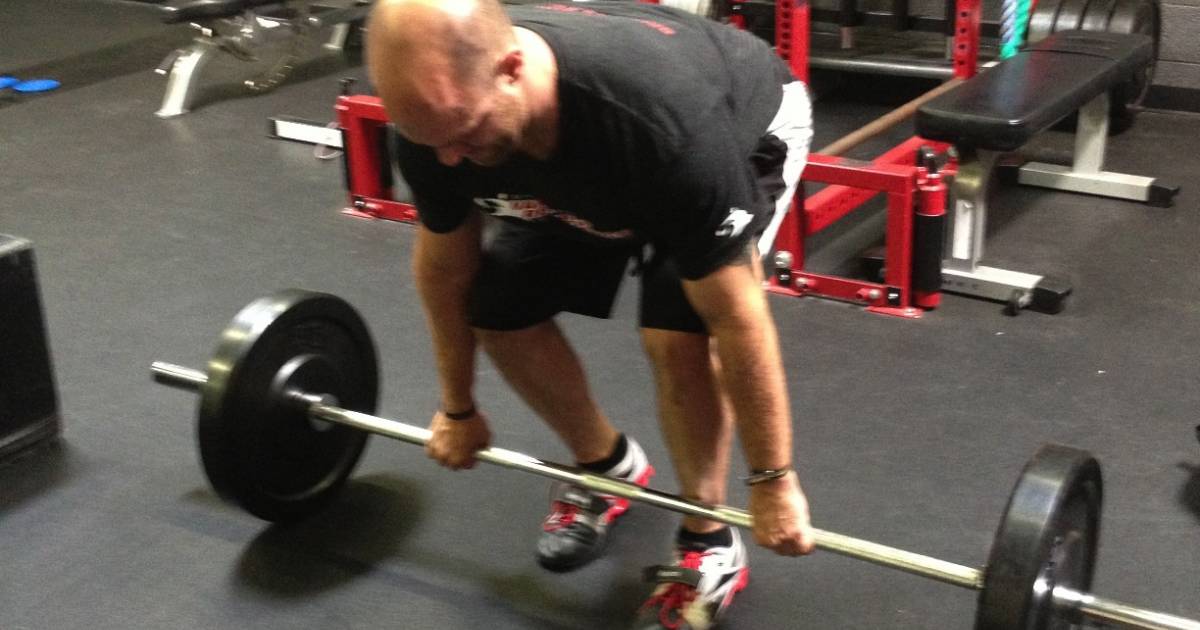
Can deadlifts help your low back, well, yes and no (hate that from me right?) I say both because it isn’t that simple of an answer. On one hand deadlifts can teach us how to hold a dynamic plank, we can integrate the chain of our lats, core, and glutes that help stabilize our SI joint and low back. We can learn how to hip hinge which is an important movement pattern that can help us spare our low back and use the power muscles of the glutes and hamstrings.
Sounds good, so why am I not absolutely saying that deadlifts can solve all your functional fitness needs? It really has nothing to do with deadlifts themselves, but more so with people’s approach to them. Like many things in the gym, we assume if we keep going heavier and heavier that we are getting better and stronger. Reasonable assumption, but we must then think every repetition is going to be done with the highest form. Of course, time and time again, when things get heavy, people make all sorts of rationale why their form is less than ideal.
Trust me, I get it! When I competed in Strongman and the combination of really heavy weights and fatigue would set in, you would sometimes use and see some pretty horrible form. However, that is sport, not training in the gym. People forget, sport is not usually the healthiest activity.
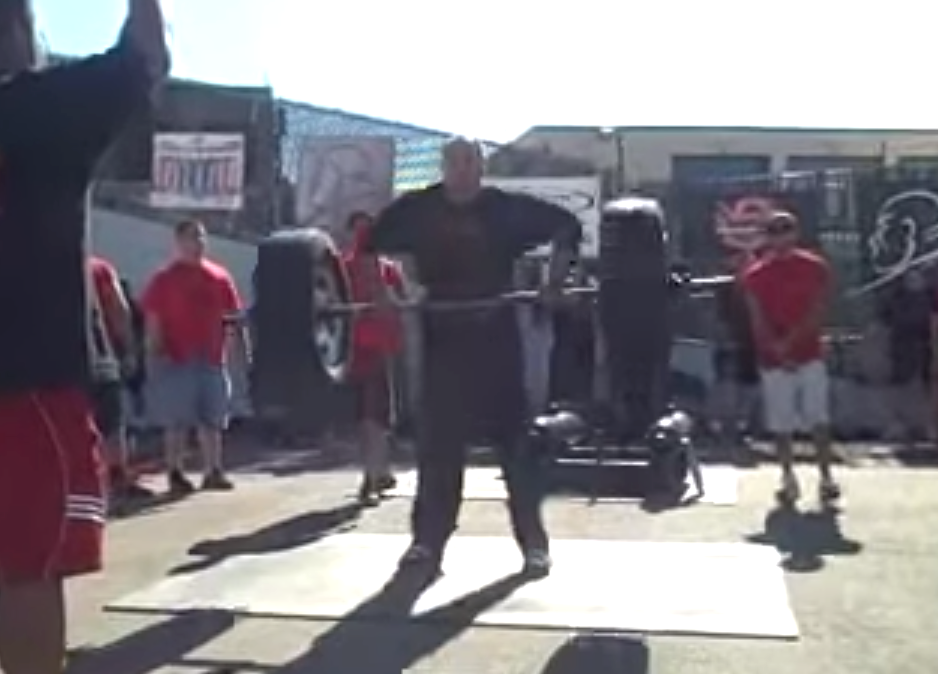
As physical therapist, Mike Reinold says, ““Most people can get away with subpar form if they aren’t doing very heavy reps. It’s still a bad idea, but you probably won’t feel pain immediately.” What Reinold goes onto to point out is that it is the dose, not necessarily the immediate rep that gets people. However, I’ve seen many times where one bad rep on a heavy deadlift puts people out of commission. So, there is a challenge in both aspects of the lift. Sometimes people don’t see the issue because they don’t have an injury or discomfort….yet!
Is it that I am against getting “strong” in deadlifts? Of course not, but we can’t allow load to be an excuse for poor execution. It isn’t about being right or wrong, it IS about being safe or unsafe! Yet, there is another aspect of this discussion.
What if JUST going heavier and heavier wasn’t the best way to optimize deadlifts? Well, our body doesn’t seem to go with that level of rationale.
Functional movement can teach us that our body is not meant to move just up and down (as we shared a recent post about this very topic). We are meant to move through space while resisting a host of forces acting upon our body. The mere act of walking or running is a very unstable action as walking has 60-70% of our time on one leg and running is ALL on one leg. How do we maintain our balance in such cases?
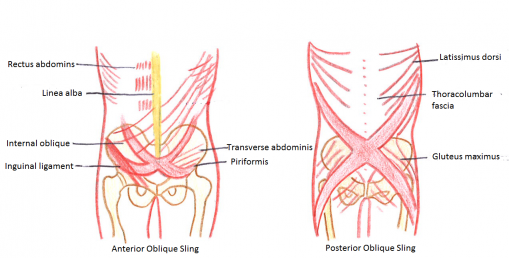
Our body is designed to deal with real world movement, not always what we want to do in the gym. If we look at the structure of the lats, the obliques, and the glutes, we realize they all run diagonally. The body is designed to do multiple things at once, why, because it HAS to!
In fact, when we talk about low backs we also have to discuss SI joints. Yes, that infamous sacroiliac joint that can cause a lot of problems for people that FEELS like a horrible low back injury. Why do we have to talk about SI joints? The pelvis is the foundation for the body and if our SI joints are having issues (which is a nasty pain in of itself) we can end up having more low back issues as well.
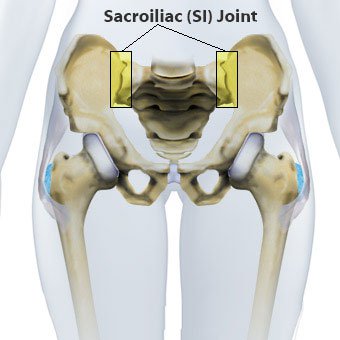
How do we stabilize and build strength around the SI joint? One of the most obvious ways we can address real life movement as well as helping areas of the body like the SI is through progressive instability. Why? It is when we challenge the body in subtle means of instability that we see where our movement compensations have been hiding and where we actually have weakness that is holding us back.
Why do I keep emphasizing subtle? Just like weight or reps, instability has to be applied incrementally otherwise it will have the OPPOSITE effect in our training.
When we use progressive instability we can really focus upon the Posterior Oblique System, the Anterior Oblique System, the Lateral System, as well the Deep Longitudinal System. All four of these systems are crucial to how our body develops stability, produces movement, and expresses optimal strength. This is a HUGE shift for people in fitness because mostly because they are taught to focus on individual muscles. However, look at what the Posterior Oblique System has to do with the SI joint, your low back, and better strength!
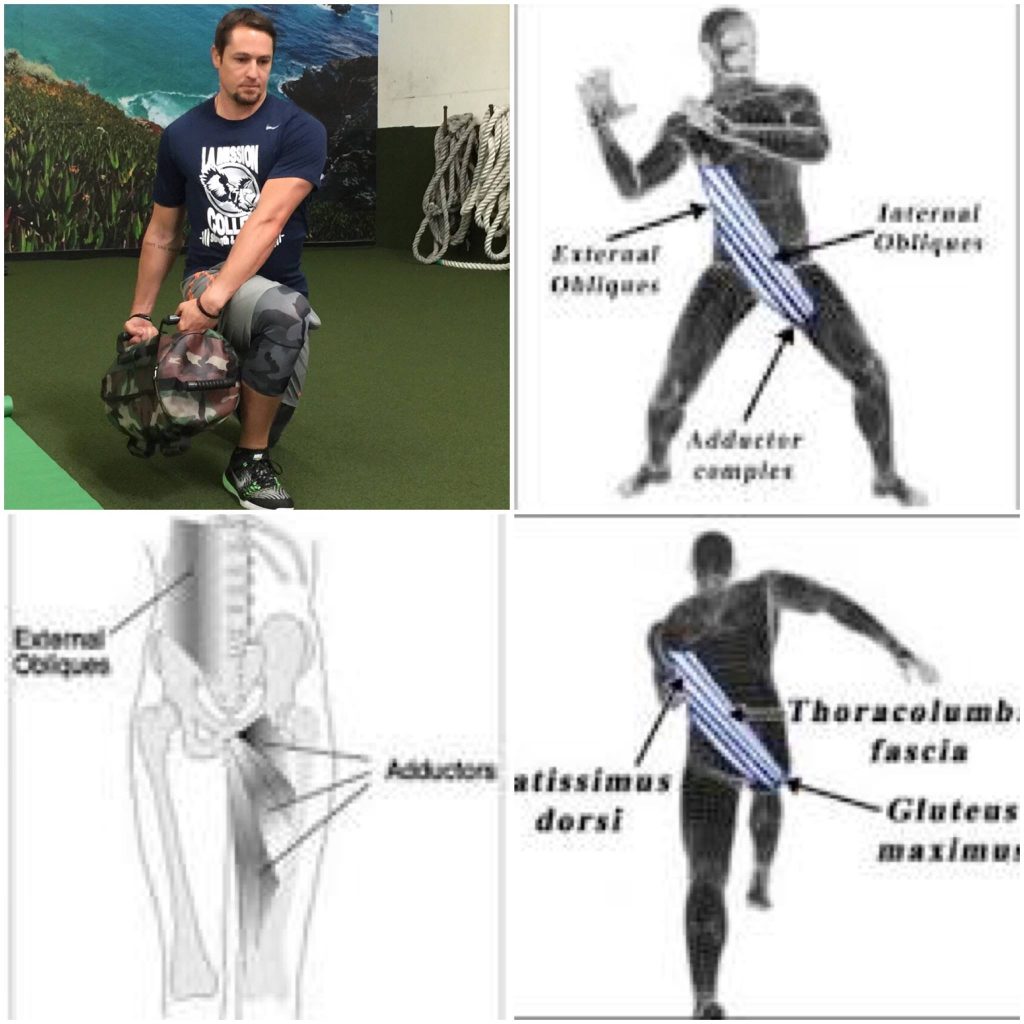
“The role of the POS is most distinguished during the single support (stance) phase of gait. Prior to heel strike, the ipsilateral hamstring muscle contracts in order to prepare the limb for weight-bearing. During this, the proximal hamstring also carries the role of stabilising the ipsilateral pelvis against the activity of the quadriceps, in order to prevent excessive anterior rotation of the ilium. However, once heel strike occurs, hamstring activity diminishes and its role of limiting ilium movement is largely undertaken by the GM. At this point the muscle is in a lengthened position. Simultaneously, counter-rotation of the trunk also begins to takes place. During this process, the arm contra-lateral to the stance leg is ante-flexed, undergoing an eccentric contraction of the LD in order to control the forward momentum of the limb, whilst taking the LD also into a lengthened position[14][11]. The propulsive phase of gait then follows, with both the GM and contralateral LD concentrically contracting from a lengthened to shortened position, resulting in extension of the arm with the opposite propelling leg. When these two simultaneously occurring mechanisms are coupled, a contraction of GM alongside its contralateral LD is observed[11]. As discussed previously, this causes an increase in tension within the TLF, eliciting stabilisation of the SIJ and lumbar spine[2]”(read whole article HERE)
This may sound VERY overwhelming but it basically shows us how integrated our body is when we create movement. Real world movement is so much more complex than almost anything we do in the gym. That is why when we talk about fitness for life, we have to address how our body actually moves in life! That is why this progressional series of deadlifts by DVRT Master, Evan Supinach, brides science and real world strength. If we can do better, why not do better?
© 2025 Ultimate Sandbag Training. Site by Jennifer Web Design.






